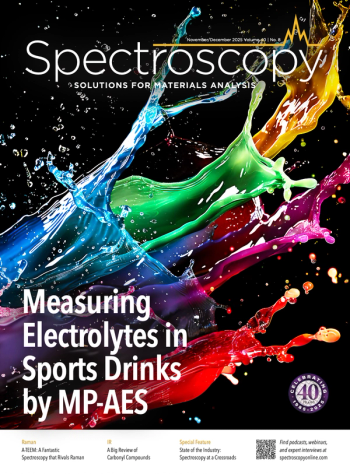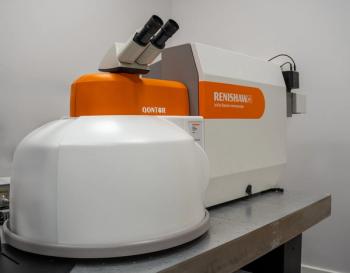
Boosting Deep-Sea Mineral Exploration with LIBS
Researchers in China proposed a new method using laser-induced breakdown spectroscopy (LIBS) in deep-sea mineral detection.
Deep sea diving and exploration allows humans to explore new ecosystems on earth. Most of these oceanic environments are inhabited by creatures not seen anywhere else. Learning about these unique ecosystems allows oceanographers and scientists to learn more about planetary-scale processes, such as tectonics and marine hazards (1).
The ocean is also thought to contain many mineral resources that could be mined to be used for various products humans regularly use. As a result, scientists are interested in improving detection methods for accurate analysis of mineral deposits on the ocean surface. A recent study proposed a new approach for improving the detection of deep-sea mineral resources (2). This study, led by Lanxiang Sun, demonstrated how by improving the sensitivity of laser-induced breakdown spectroscopy (LIBS) under high-pressure deep-sea conditions, enabling more efficient and accurate exploration of critical mineral deposits such as ferromanganese crusts and manganese nodules (2).
Global consumption of terrestrial mineral resources has only increased as the global population increased. Deep-sea minerals, in particular, have been used in essential industries like energy and technology. Marine geology has made one of its main objectives to retrieve, study, and collect these minerals (2). However, what complicates this is that traditional sampling techniques, which involve retrieving ore from the ocean floor and transporting it to land-based laboratories for analysis, are arduous and ineffective (2).
LIBS is a powerful in situ detection technique. Because of the ability of LIBS to identify elements by analyzing the light emitted from a material when it is subjected to laser-induced plasma, it is a technique that is considered to have great potential conducting this type of deep-sea work despite its limitations (2).
For LIBS to be used successfully in deep-sea environments, the researchers acknowledge that maintaining the high sensitivity of LIBS measurements is crucial (2). The deeper explorers venture downward in oceanic environments, the pressure changes, and this can influence and reduce the sensitivity of LIBS measurements (2).
To counter these challenges the deep-sea ocean environment presents, Sun and the team proposed using high-pressure helium gas to drain water from the surface of deep-sea samples, effectively converting the plasma excitation environment from water to gas (2). They discovered that this method helped improve spectral signal detection under extreme pressures.
This study was unique in a couple ways. For one, this is the first time that usable spectral signals from solid samples at a gas pressure of 60 MPa were obtained (2). They also analyzed how different pressure levels affected the peak intensity and spectral broadening of the signals, finding that increasing pressure led to a nonlinear decrease in spectral intensity while also causing the spectral emission lines to broaden (2).
Another important finding was how to improve spectral intensity without impacting the width of the spectral lines. By increasing the energy of the laser used in LIBS, researchers discovered that higher-energy lasers could play a critical role in enhancing the effectiveness of LIBS in high-pressure environments (2). Furthermore, the research team observed how plasma images changed under varying pressure and energy conditions, revealing that the laser penetrated the high-pressure helium gas, creating a column of light (2). As the ambient pressure increased, the plasma became more compressed, explaining the loss of laser energy under such conditions (2).
As a result, this study from Sun and team not only opens new possibilities for LIBS technology in marine research, but it also addresses a critical need for improved detection techniques in challenging underwater environments. The ability to detect valuable minerals quickly and accurately is essential for both scientific exploration and the global mining industry, particularly as demand for these resources continues to grow (2).
The research conducted here opens several pathways for future studies. It offers scientists a way to make further improvements in LIBS-based deep-sea exploration, potentially leading to more widespread adoption of the technology in both scientific and commercial applications.
References
- U.S. Geological Survey, Deep Sea Exploration Mapping. USGS.gov. Available at:
https://www.usgs.gov/special-topics/deep-sea-exploration%2C-mapping-and-characterization (accessed 2024-10-22). - Lu, G.; Sun, L.; Cong, Z.; Chen, T. Study on Laser-induced Breakdown Spectroscopy in High-pressure Helium Gas Environment for Deep Ocean Applications. Talanta 2024, 270, 125531. DOI:
10.1016/j.talanta.2023.125531
Newsletter
Get essential updates on the latest spectroscopy technologies, regulatory standards, and best practices—subscribe today to Spectroscopy.



